In 1983, the Secretary of the Interior, James G. Watt, gave a speech at the U.S. Chamber of Commerce. He innocently characterized his staff in a manner that wouldn’t be politically correct today, but it aroused controversy even then. Mad magazine poking fun at the politician likely cemented his memory in my mind, so I’ve used his inspiration to describe this week’s AutoHunter Picks as “A sedan, two coupes, and a ragtop.”
Watt said other dumb stuff too, but there’s no automotive inspiration to be found from that. However, perhaps you will find automotive inspiration from the sedan, one of the two coupes, or the ragtop?
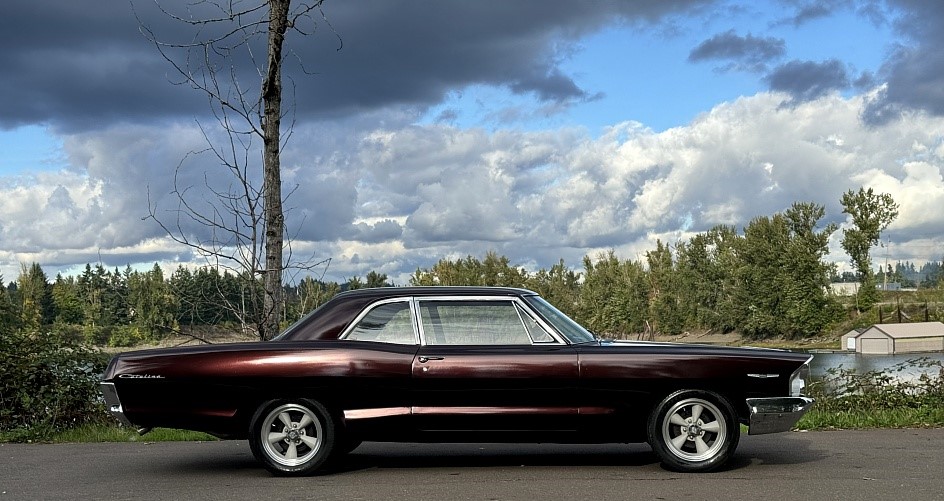
1965 Pontiac Catalina
There’s a certain joy in maintaining a car that people most often junked. The style-conscious preferred hardtops, but the penny-pinchers preferred sedans because they were cheaper and offered fewer frills. Perhaps the roofline wouldn’t be as sleek, but the frugal didn’t care. Neither did the racers, who liked sedans because they weighed less, and it was more important to win than look good.
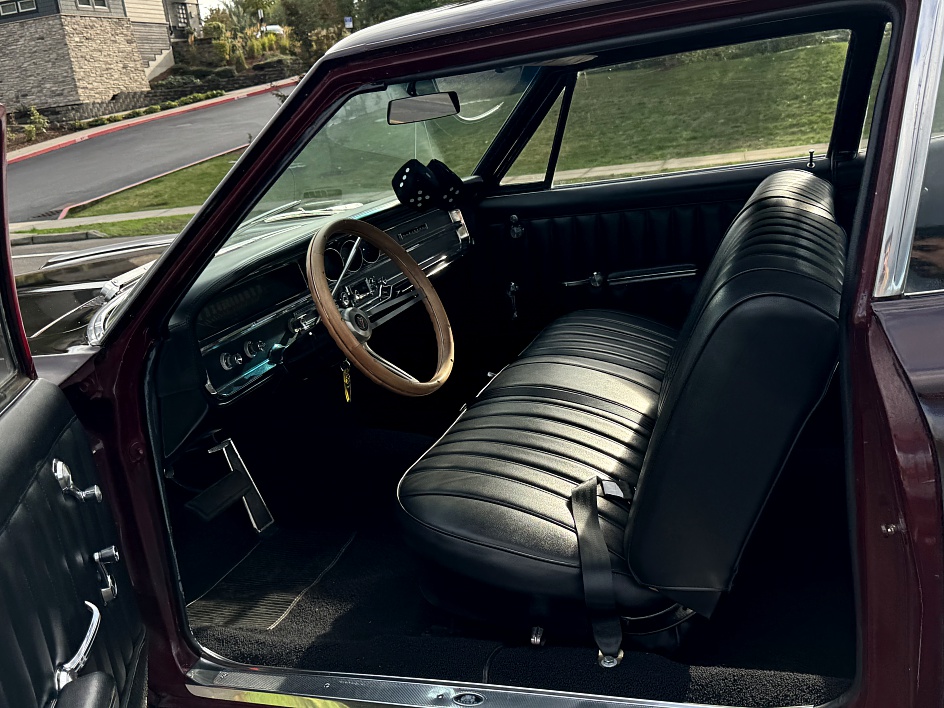
Truth be told, Pontiac built fewer 1965 Catalina two-door sedans than hardtops, so it stands to reason why they’re not easy to find. This one is powered by a 389 four-barrel backed by a TH400 automatic and features power steering, side-view mirror, and little else. The interior has been refurbished, looking more upscale than it originally was, but it makes no difference to me — I just wanna drop in a Tri-Power 421 and beat up on GTOs.
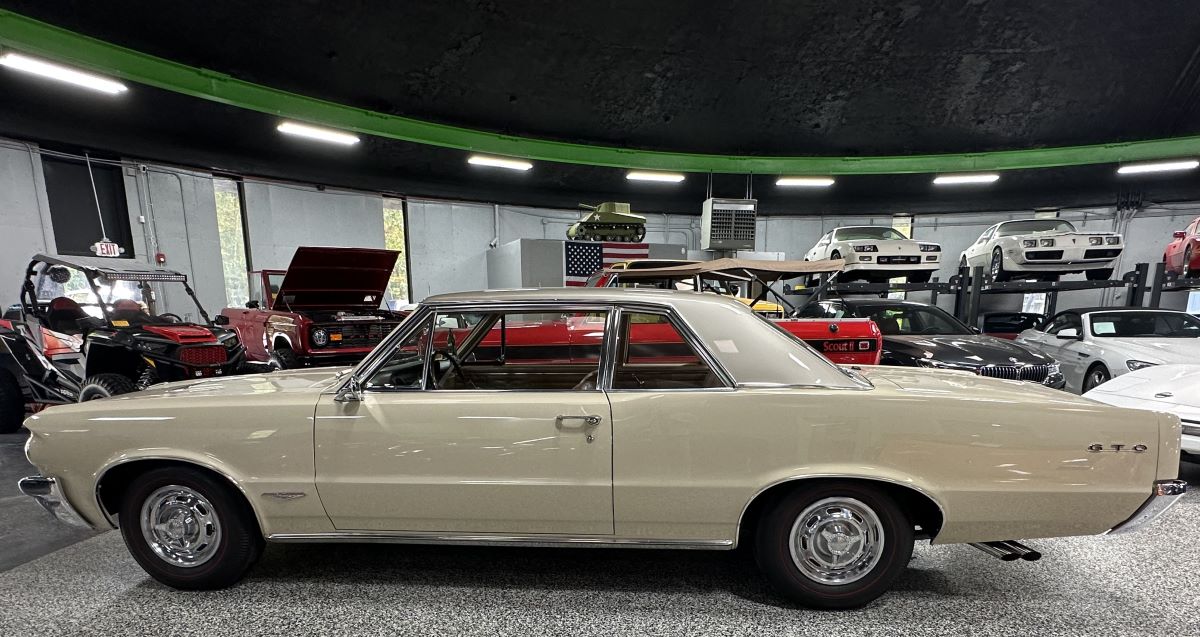
1964 Pontiac GTO Sports Coupe
Notice the B-pillar? That makes this inaugural-year GTO a Sports Coupe instead of a hardtop. Of course, Sports Coupe is just a marketing term used by Pontiac, as cars with B-pillars are often called sedans, like the Catalina above. Why wasn’t this Goat called a sedan? Because its roofline is the same as the hardtop’s, for one. And the interior dimensions match the hardtop’s.
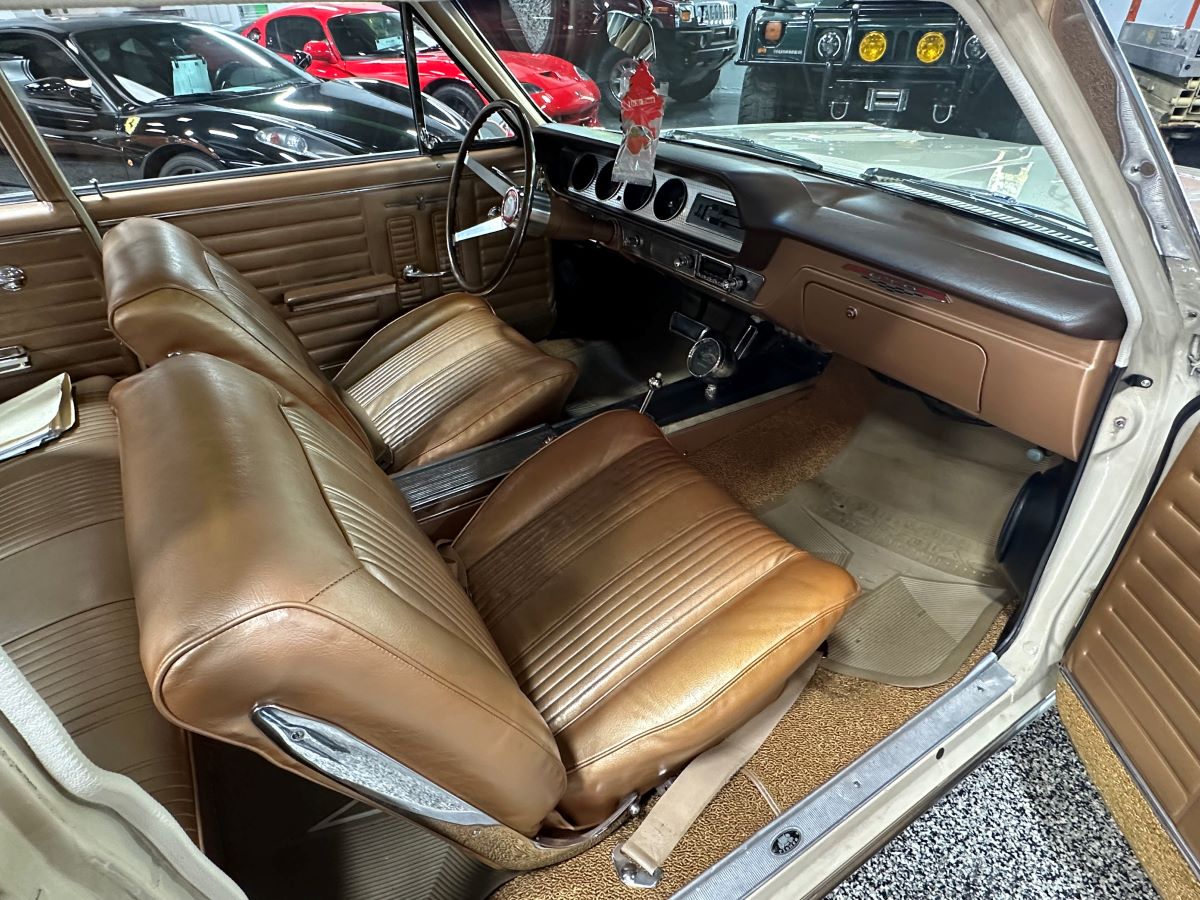
This 1964 Pontiac GTO is unique in that it’s a two-tone car — the top is painted a different color from the body. The Singapore Gold over Alamo Beige combination (along with the Light Saddle bucket seat interior) is attractive and off the beaten path from the usual Resale Reds. The 389’s four-barrel has been replaced with a fuel injection system, plus there are other desirable options like Safe-T-Track with 3.23 gears.
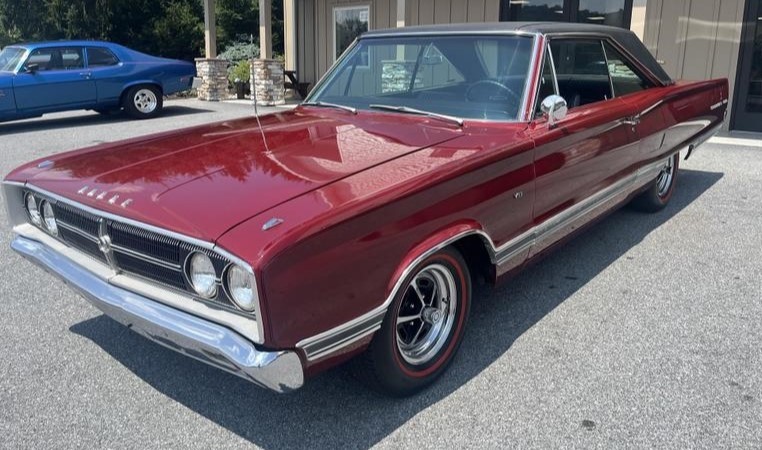
1967 Dodge Coronet 500
Nineteen sixty-seven was an important year for the Coronet thanks to the new Coronet R/T performance model, which was based on the Coronet 500 trim level. Compare the two and you’ll find they were equipped with the same interior and shared the semi-hidden full-width taillights. The R/T went with the Charger’s smooth grille without the bisecting bars like on the 500. And, of course, the Coronet 500’s top engine was a 383, versus the R/T’s standard 440, though there likely were a few Hemi 500s that snuck out.
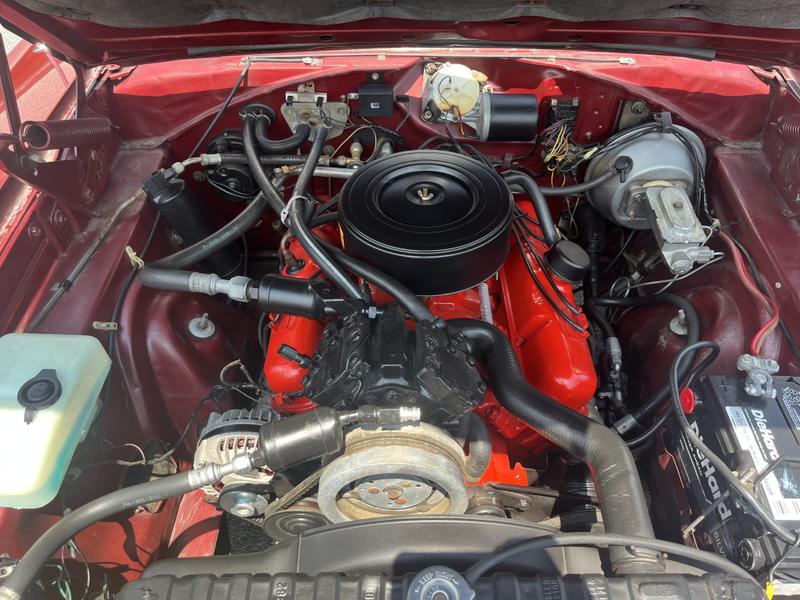
This 1967 Coronet 500 two-door hardtop is the perfect cruiser for the collector who’s looking for an affordable collectible and enjoys style without the need for speed. The 318 V8 was revamped for 1967 and is utterly reliable. Buckets and optional console with TorqueFlite automatic, power steering and drum brakes, air conditioning, and upgraded dual exhausts round out the Mopar.
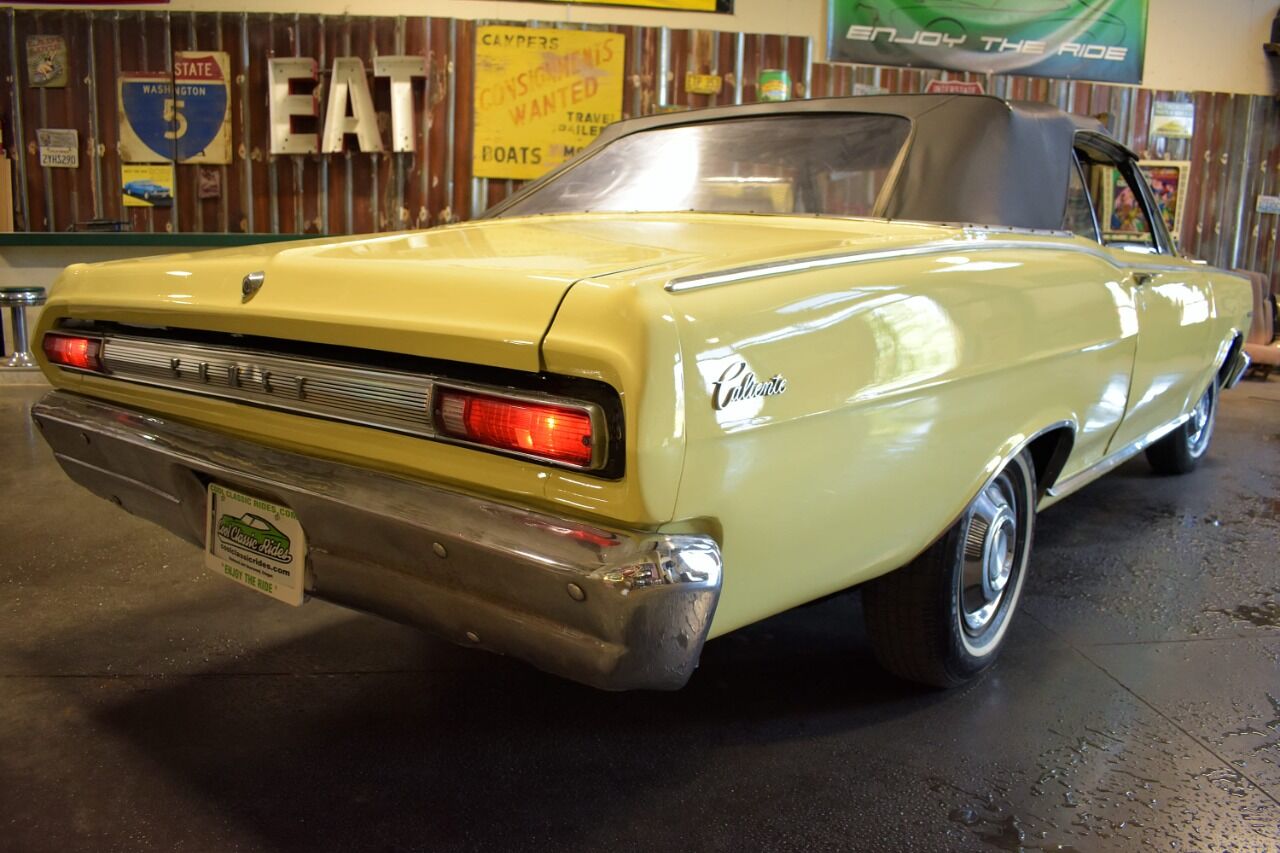
1966 Mercury Comet Caliente Convertible
Initial impressions suggest this to be a Cyclone, but it’s a Comet Caliente, the most ritzy of the non-performance Comets. “A great way to satisfy your desire for something special in the way of glamorous styling and luxurious interiors,” proclaimed Mercury. Nineteen sixty-six was the inaugural year for the mid-size Comet, having previously been a compact since 1960. It would return to being a compact for 1971.
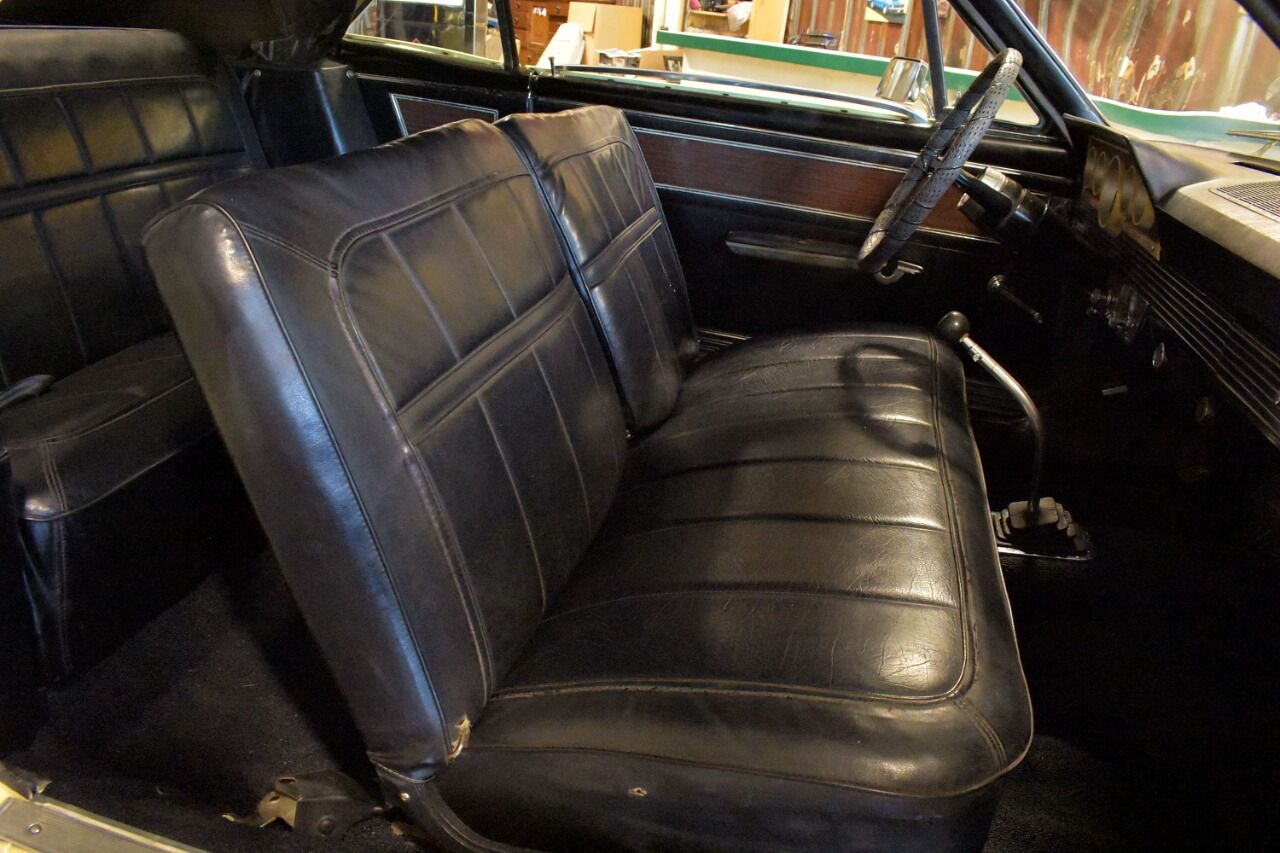
This Jamaican Yellow 1966 Comet Caliente convertible is a great example of a car that doesn’t often stand tall in the collector world but stands tall here for its fine combination of features such as four-speed transmission (hooked to a little 289, no less), chrome trim, Cyclone fiberglass hood, and fancy interior. This is a fun cruiser that’s as sunny as the hue on its flanks.





